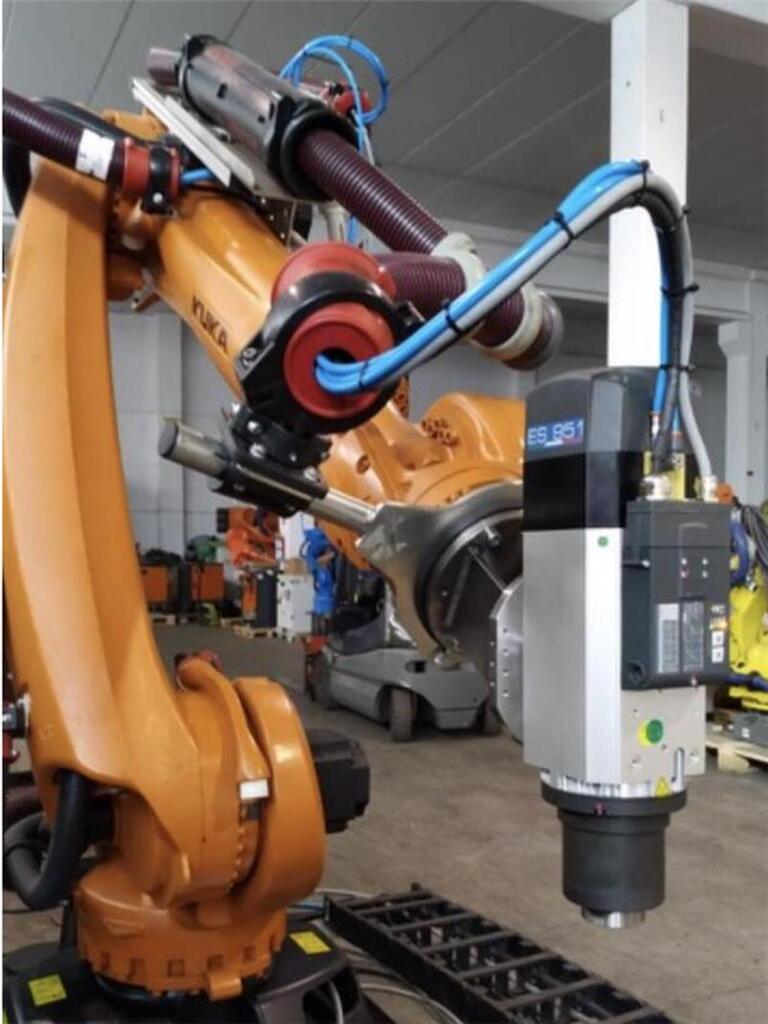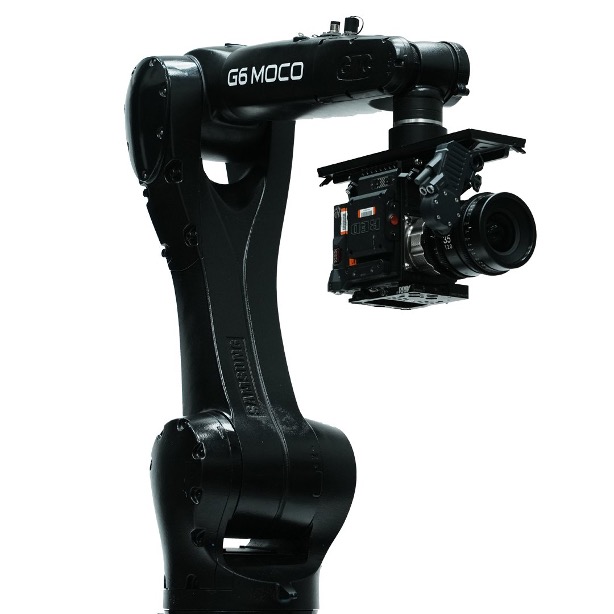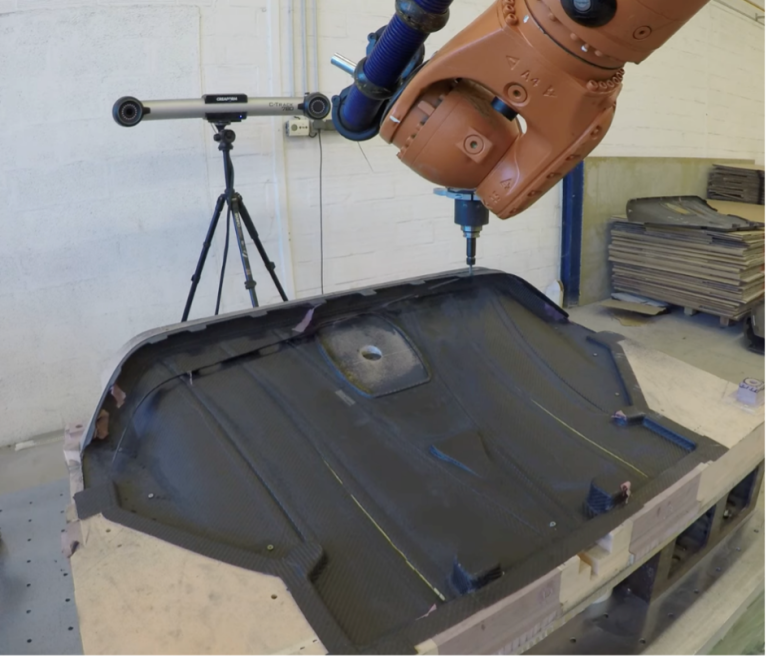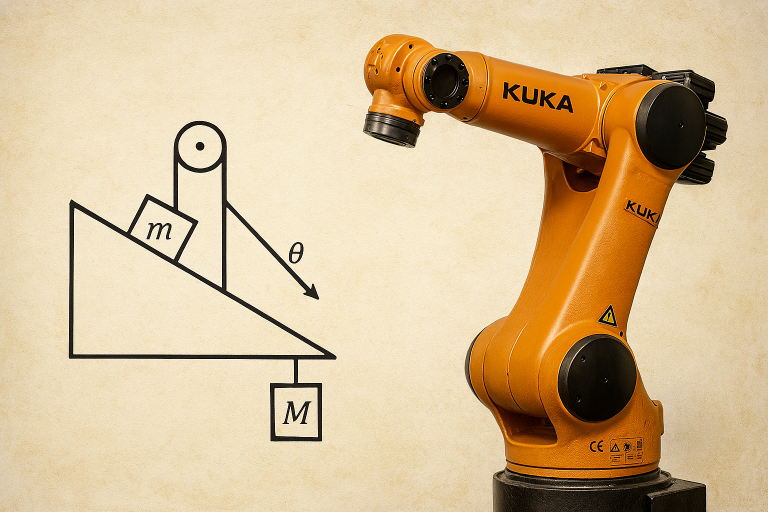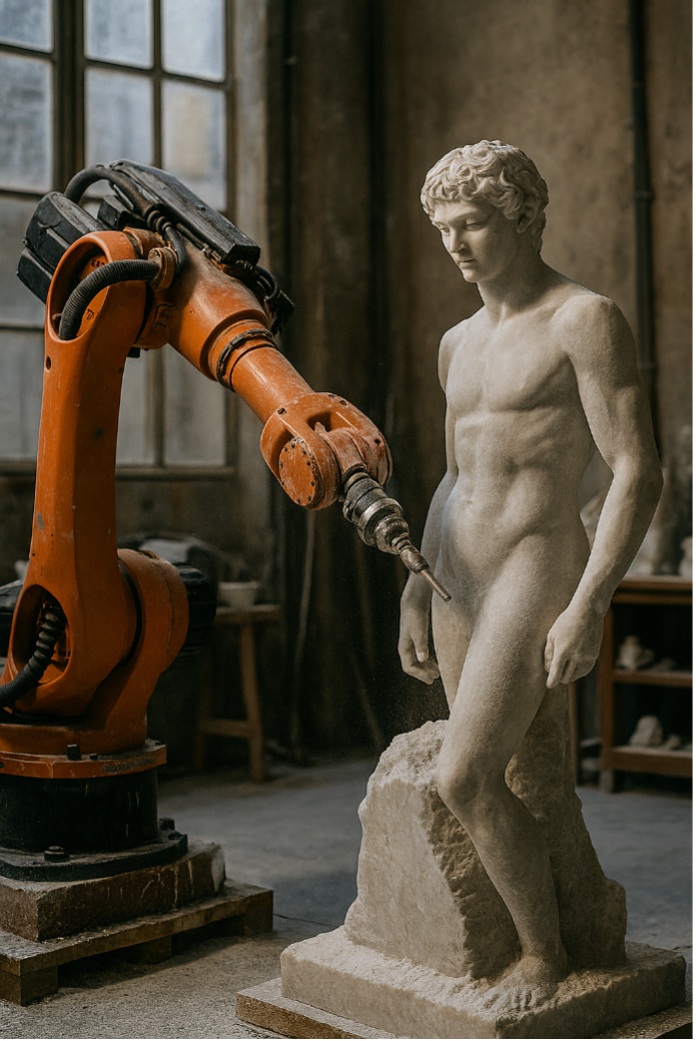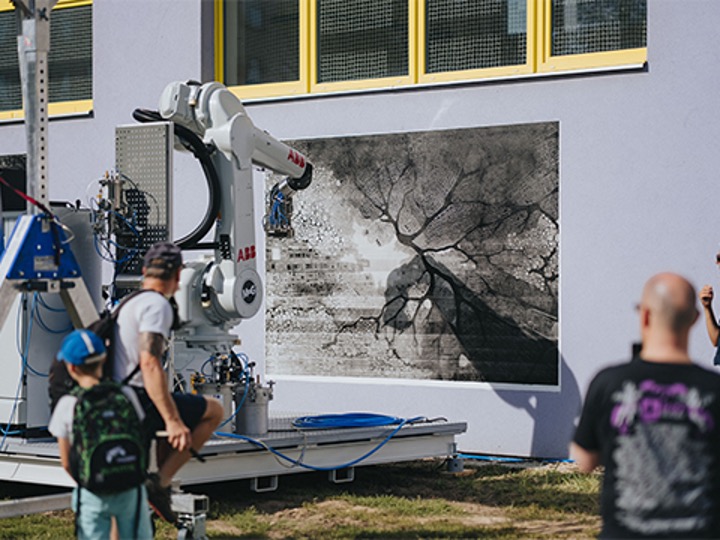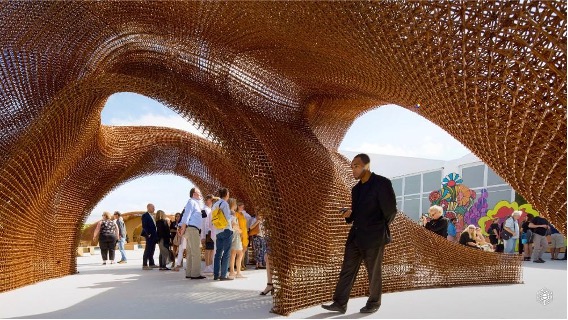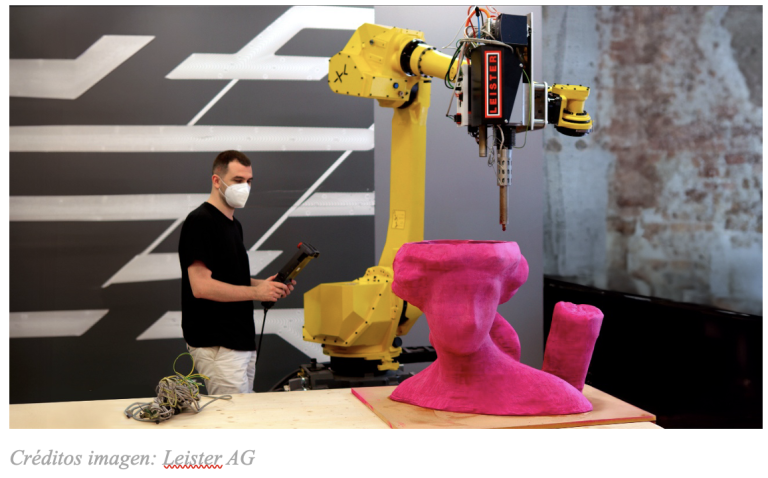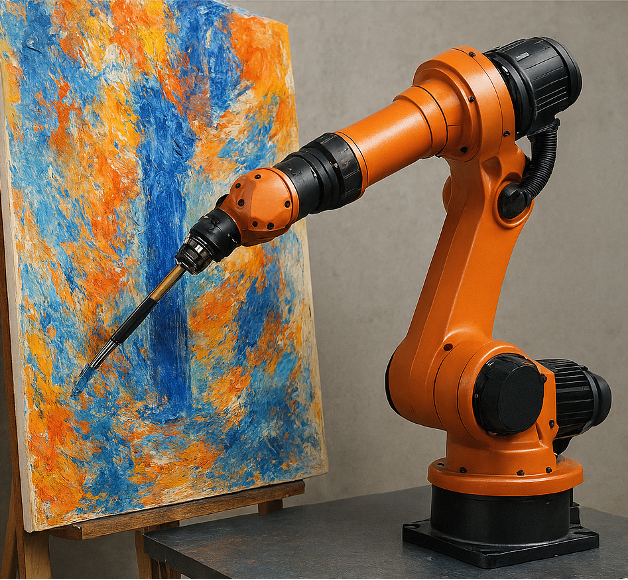How can industrial robotic arms, built for precision and repetition, be used creatively in unique and expressive artistic projects?
Industrial robots originated in manufacturing environments, performing tasks such as welding, assembling, milling, and moving components with millimetre accuracy. However, over the past decade, artists, designers, and creators have discovered something unexpected: precision can evolve into a new form of artistic expression. What is considered “repetition” in industry can, within the arts, be transformed into…

